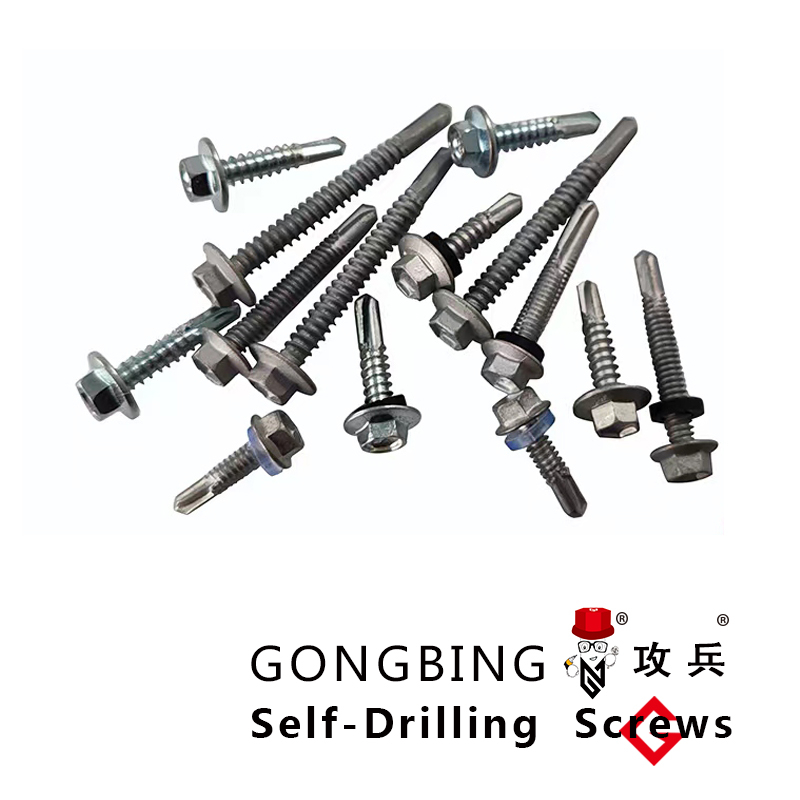Insulation Nails - High-Quality Fasteners for Efficient Insulation Installation
Understanding Insulation Nails A Comprehensive Guide
Insulation nails are crucial components in the realm of construction and insulation, serving a pivotal function in keeping buildings energy-efficient and comfortable. While they may appear as simple fasteners, their role in securing insulation materials cannot be underestimated. This article will delve into the importance of insulation nails, their types, and their applications.
Insulation nails are specifically designed to attach insulation materials to various substrates, including concrete, masonry, and wooden surfaces. They usually feature a long, slender shank with a wide plastic or metal washer at one end. This design ensures that the insulation material remains securely fastened without compromising its integrity. The insulation nails help prevent air leaks, which can significantly affect a building's energy efficiency, leading to increased heating and cooling costs.
There are several types of insulation nails available in the market, each suited for different applications. The most common types include plastic cap nails, metal insulation fasteners, and wood screws designed for insulation. Plastic cap nails are widely used due to their lightweight nature and resistance to rust, making them ideal for outdoor projects. Metal insulation fasteners, on the other hand, offer superior strength and durability, making them suitable for heavy-duty insulation applications. Wood screws designed for insulation provide a reliable fastening solution for wooden substrates while ensuring that the insulation remains intact.
insulation nails

When it comes to installation, utilizing insulation nails correctly is crucial for achieving optimal results. The nails should be spaced appropriately, typically every 12 to 24 inches, depending on the type of insulation material being used and the specific building requirements. Moreover, it is essential to drive the nails straight and to the appropriate depth to ensure that the washer sits flat against the insulation, thereby preventing any gaps where air could enter or escape.
In addition to their primary function of securing insulation, insulation nails can also play a role in soundproofing. By minimizing vibration and reducing sound transfer between spaces, properly installed insulation can enhance the overall acoustics of a building, making it a quieter and more pleasant environment.
In conclusion, insulation nails are an understated yet vital component in the construction and insulation process. Their ability to secure insulation materials efficiently contributes significantly to energy savings and sustainability in building design. Whether embarking on a new construction project or renovating an existing structure, understanding the variety and application of insulation nails can lead to better decision-making and ultimately, a more energy-efficient home or building. Investing in quality insulation nails and ensuring their proper installation can result in long-term benefits that extend beyond mere comfort, making them a worthwhile consideration in any construction endeavor.
-
Weatherproof Plastic Expansion Anchors for OutdoorNewsJun.06,2025
-
Sustainability in the Supply Chain: Eco-Friendly TEK Screws ProductionNewsJun.06,2025
-
Load-Bearing Capacity of External Insulation FixingsNewsJun.06,2025
-
Double Head Bolts: Enhancing Efficiency in Industrial MachineryNewsJun.06,2025
-
Corrosion Resistance in Chipboard Screws: Coatings for Wholesale DurabilityNewsJun.06,2025
-
Butterfly Toggle Bolts : Enhancing Structural ResilienceNewsJun.06,2025
